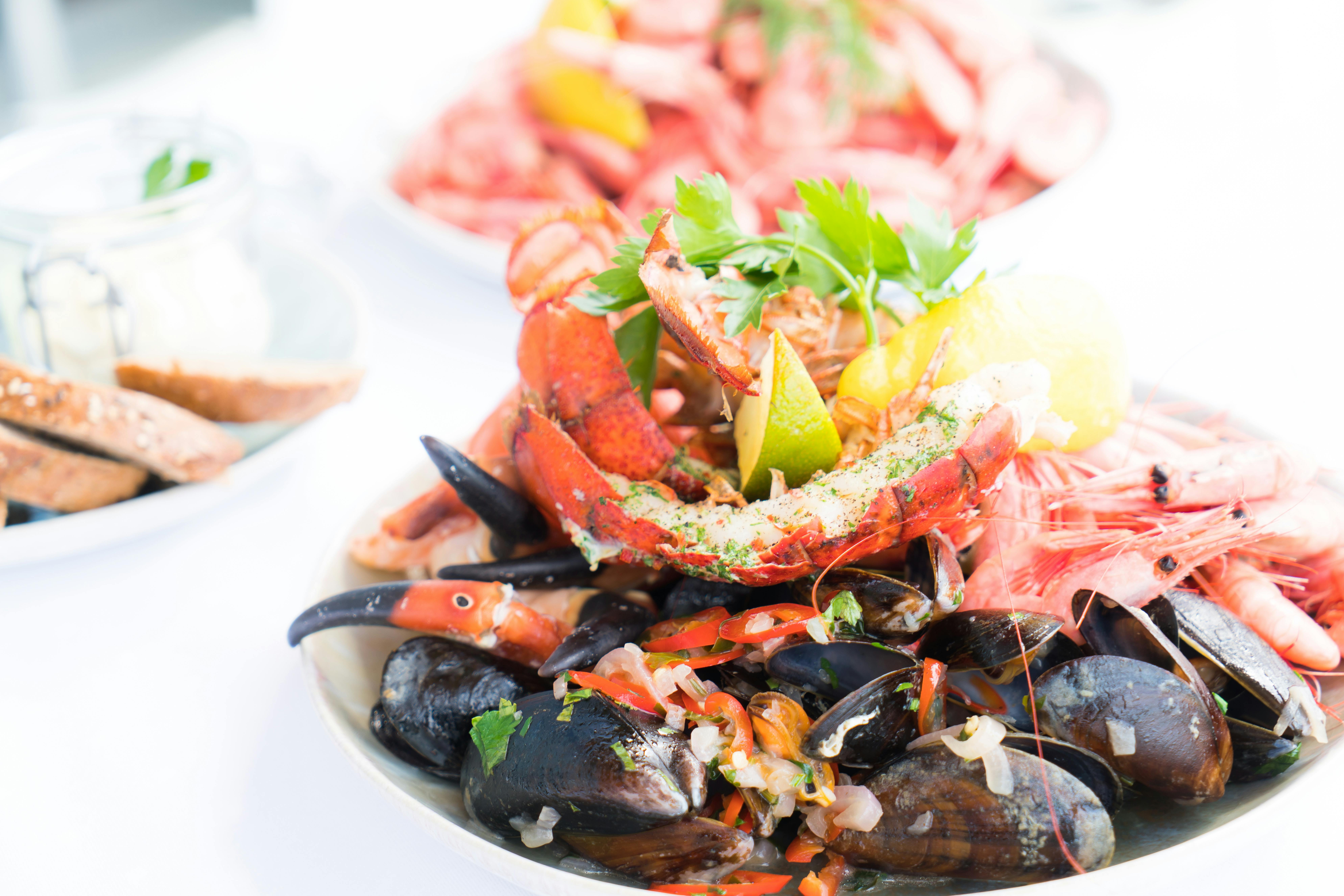London – Where do taxi drivers go when it rains?
Unlike Southern California, it sometimes rains in London. In the time of Queen Victoria, an army captain came up with a novel solution to combat bad weather, and you can still see some of them today.
The army captain in question was Captain George Armstrong. In 1874, he had just retired from the army and was then editor of the Globe newspaper, now long dead. Since it was raining, he wanted to hire a taxi and, although there were many taxis in the queue at the taxi stand, no driver was to be seen.
After some searching, he discovered the drivers all together at a nearby bar. Now, at the time, the temperance movement was very much in the forefront and excessive drinking was frowned upon. Victorian cabbies were notorious for being drunk, so it was perhaps a blessing that the cabs of that era were horse-drawn.
Let me say right off the bat, the modern taxi driver does not have such a vice on the job, due to the very strict drinking and driving laws in place, which would result in immediate loss of driver’s license.
In the Victorian era, the spirit of public service by private individuals was very much alive, so Captain Armstrong took it upon himself to organize better arrangements for drivers. He thought it would be much better for taxi drivers if they had their own dedicated canopies, near taxi stands, with tables and chairs and a small kitchen. This would allow them to stay out of inclement weather, get a hot meal, and most importantly, avoid the temptations of demonic drink.
Thus the Cabman’s Shelter Fund was created, which is still in operation today. Between 1875 and 1914 a total of 61 shelters were built, at various points in London. 13 of those shelters still survive today and are regularly used by taxi drivers.
Constructed of wood and painted a dark green, they look like a kind of potting shed you might find in a large English country estate. 13 of these structures survive, mainly in the Kensington and Belgravia areas, which, having always been some of the healthiest areas of West London, has always been a well-trafficked area.
If you visit that other splendid Victorian building, the Royal Albert Hall, named for Queen Victoria’s beloved husband, you’ll see one of the lodges in nearby Thurloe Place.
Copyright 2007 Jon Michael and www.LondonVacationSecrets.com
